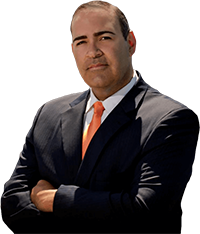Many people are aware of the tests that officers may employ when determining whether a driver is under the influence of alcohol — including a breath test or field sobriety tests. However, you may not be aware of the ways that they identify potential drug use. How do the police determine whether to charge someone with driving under the influence of marijuana, prescription drugs and other substances?
What methods might officers use?
California Vehicle Code 23152(f) makes it illegal to drive under the influence of drugs of any type, but it is often up to officers to identify signs of impairment. In some cases, officers might test for drugs at the scene with the involvement of a K9 unit or tests for chemical evidence. However, many cases rely on an officer’s perception of a person’s impairment and, if they suspect that a driver is under the influence, additional evidence like a blood or urine test.
In other cases, a Drug Recognition Expert (DRE) may use a twelve-step process to identify potential drug use. This process includes examining a person’s eyes to check for dilation, checking their pulse or looking for potential injection sites.
“Impairment” can be subjective, but defending yourself is possible.
Because the law does not specifically define what makes someone impaired by drugs, it is often up to an officer’s interpretation of a person’s behavior. Even chemical testing might not reflect a person’s ability to drive safely, as tests for marijuana may not accurately reflect the drug’s influence over a person’s ability to drive safely.
If you face drug DUI charges, working with an experienced attorney could help you protect yourself. They can examine the tests performed in your case, identify other potential interpretations of the evidence and create a strategy that highlights your side of the story.


